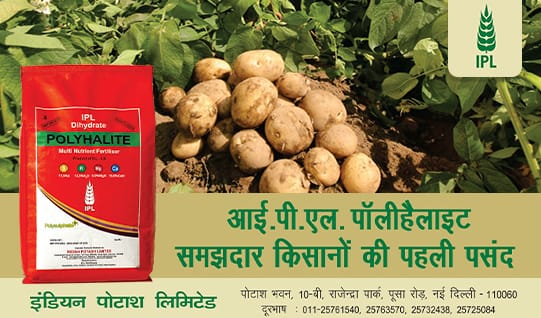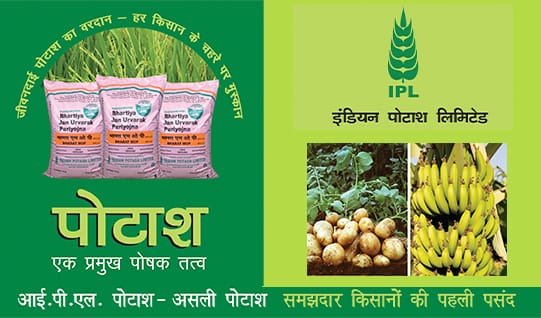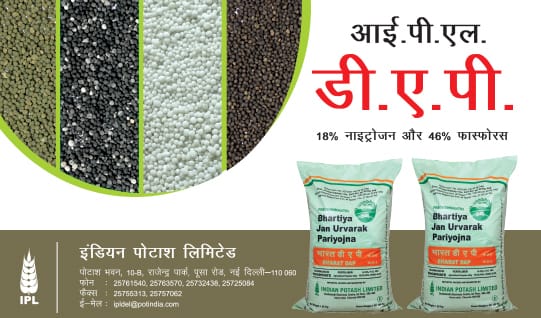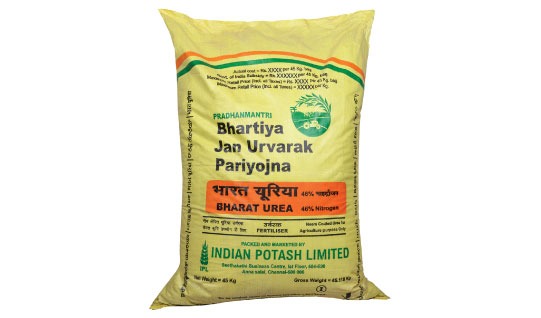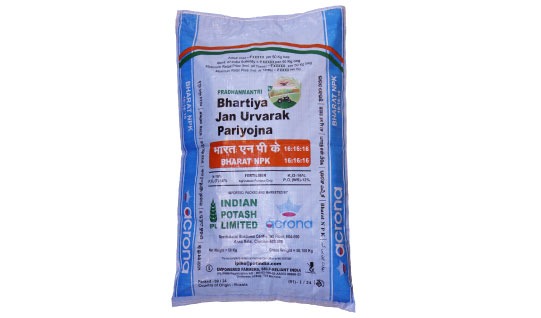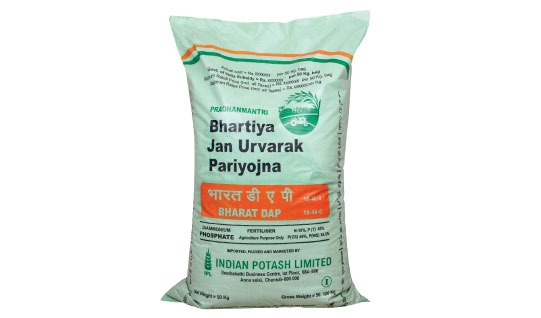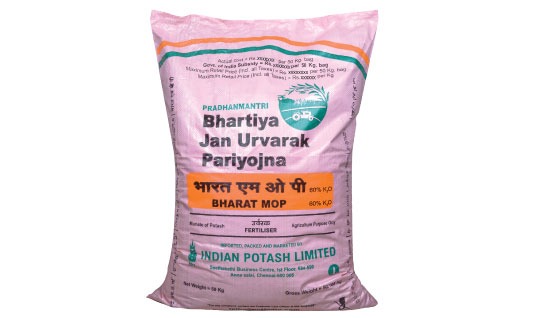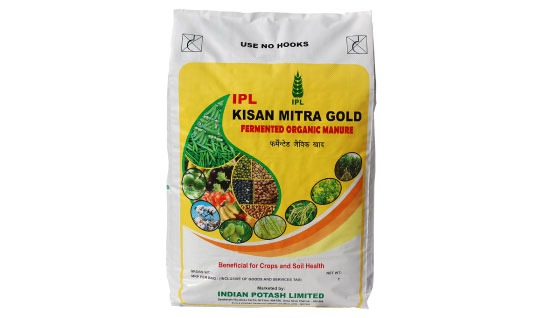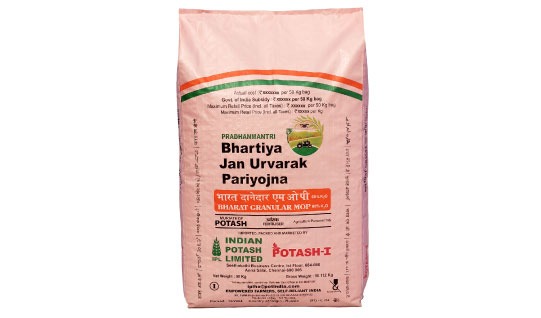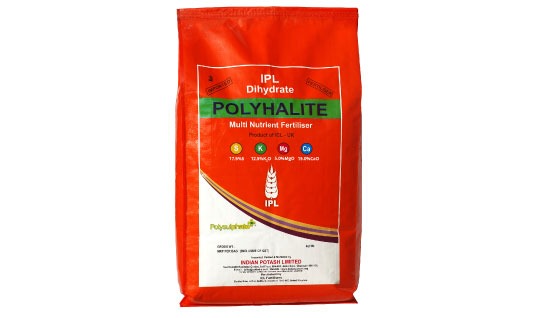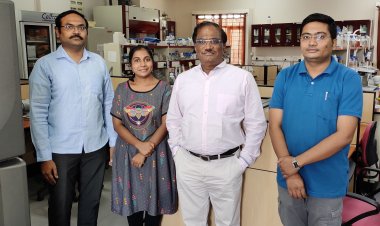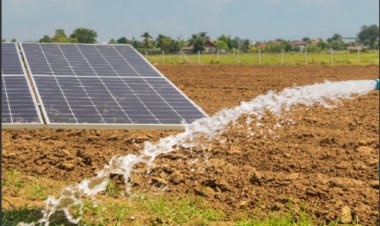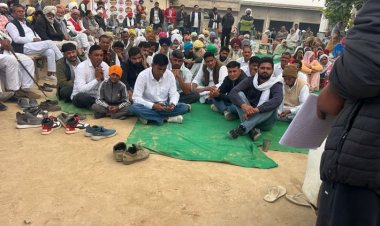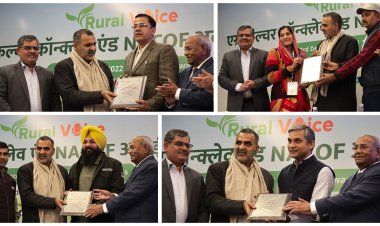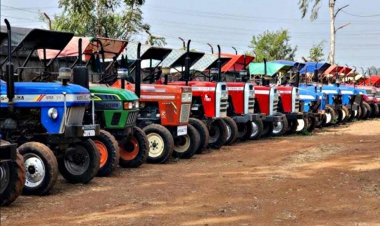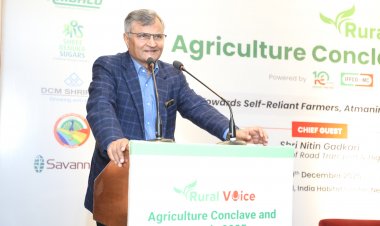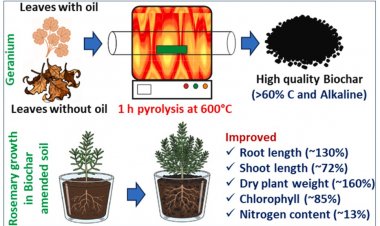Breaking Barriers: How Affordable and Scalable Technologies Can Connect Indian Agritech Startups with Farmers
One of the main problems that these startups have to contend with is that of high costs, which tend to be associated with technology. There are many tools, including those used in precision farming, machinery such as weather stations, and sensors that can be applied to the soil that holds the future of increased yields and sustainable farming.
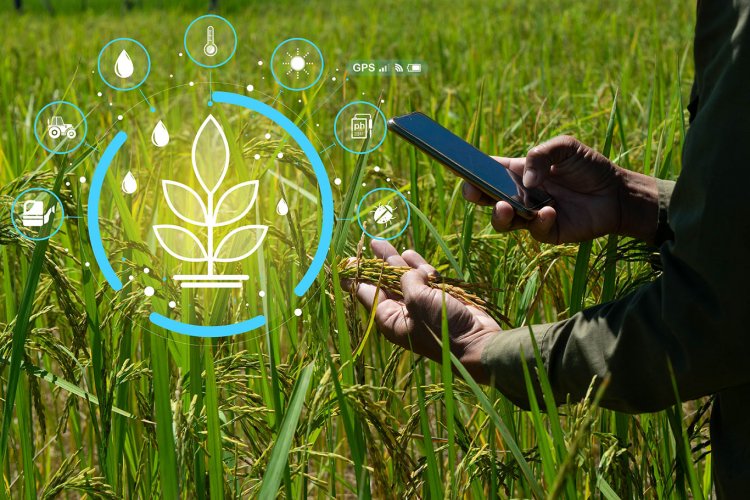
The farming industry is one of the significant pillars of the economy of India, according to the contribution of a significant 16% of India’s GDP and engaging more than half of the population of the country. However, to date, there has been slow uptake of advanced technologies in agriculture. While several agritech startups have been launched and well-funded from investors, the connection between these ventures and the farmers remains a challenge.
One of the main problems that these startups have to contend with is that of high costs, which tend to be associated with technology. There are many tools, including those used in precision farming, machinery such as weather stations, and sensors that can be applied to the soil that holds the future of increased yields and sustainable farming. However, the cost associated with such technologies might be very expensive and unaffordable for small farmers who form the largest percentage of farmers in India. Things such as IoT Sensors can cost hundreds of dollars per year, meaning that while a slight increase in yield for such farmers can be hard to come by, the devices don’t offer value for their money.
More than 80% of farmers in India are marginal farmers, cultivating landholdings of less than 5 acres. These marginal lands are often fragmented into multiple smaller plots, allowing farmers to grow different crops on the same holding. This fragmentation poses a challenge for agritech solutions designed for large-scale farming. However, satellite-based data solutions can bridge this gap by providing precise, farm-specific insights even for farms having an area of only quarter of an acre (about 10,000 square feet), enabling even smallholder farmers to optimize their crop management and improve productivity.
The policies of the Indian agricultural sector fluctuate, and some crucial aspects like water, which is a basic necessity for agriculture, are controlled by the state government. While such interventions as subsidies and grants are useful, they have led to a situation where agritech remains a state-subsidized model rather than a market-driven one. Many new agritechs have come to depend on these government partnerships for revenue, instead of selling directly to farmers, which has impacted the growth and sustainability of most of them in the private market.
Among the challenges that have been cited to have led to limited Embrace of agritech is ignorance among the farmers. It is essential to understand that large-scale farmers might invest in time and resources to evaluate and consider adopting new technologies, while the smallholder farmers are more likely to make their decisions by word of mouth or regular practices. This is mainly due to the poor development of facilities and capacity-building to form the basis for adopting innovations in farming technologies.
However, what are the inhibitions that can be mitigated, and what roles can affordable and efficient technologies play to ensure the agritech startups come closer to the Indian farmers?
1. Cost-Effective Solutions
The first area of intervention for farmer uptake can be increased through improved adoption of technologies that are cheaper to develop. Although IoT-based sensors are costly to some extent, satellite remote sensing is feasible. While IoT sensors can cost several hundred dollars and give localized information, satellite technology offers information for the whole farm area at a considerably lower cost, usually less than 5% of the price of sensors. Satellite remote sensing, combined with Artificial intelligence and Machine Learning, can be used to monitor soil nutrient level, manage pest and disease risks, and support irrigation water management across large areas of farmland. These solutions are especially practical and accessible for smallholder farmers. In this way, satellite-based solutions represent a constrained set of technological tools where agritech companies can propose complete and high-quality products and services at more competitive prices.
2. Tailored, Localized Solutions
Given the highly heterogeneous climate of the country and the different farming practices that are followed in the nation, it can be safely said that a market solution that is carved in one casting will not be fit for this agritech market. Some common issues affect each region, from water issues and lack of it to land degradation, thus start-ups must provide solutions suitable to the conditions of that region. The sample agricultural challenges include the following. Startups must come up with localized products that suit the farmers in the varying regions in the country. They can, therefore, apply different ways of ensuring that their solution will find its way to the farms so that farmers can adopt it.
3. Affordability and Pricing Models
Long-term, technology must be accessible to small and marginal farmers and useful even for field crops like wheat, especially in terms of the ultimate cost of the technology that is going to be delivered to the farm. A scholar cited that the cost of any new technology that farmers must consider has to be less than or equal to 10 percent of the total farming cost. This is crucial for adoption. Affordability is another value that agritech startups should embrace because it enables the offering of their products at a cheaper cost and within the reach of many farmers. Other forms of revenue models that can be used include the fee-for-service or usage plans in which the farmer only pays the amount that he or she uses the service, in exchange for a fee.
4. Fostering Education and Training
Guaranteeing extensive use of such a technology, even if it is cheap, requires more education and support. That is why agritech companies must incorporate education campaigns as a key means through which farmers shall be informed of the benefits of using the products from these companies. This might be achievable through human capital development programs, farmer organizations, or local associations. This paper contends that hands-on training and demonstrations on the new technology enable farmers to overcome their hesitance based on a lack of knowledge of the new technology. However, these current strategies point out the need to make technology simple and easy to use to minimize the chances of the farmers not being able to learn and adopt the technology on the farm.
5. Government and Private Sector Collaboration
Although major funding right now is largely being attracted to agritech startups by government grants, the long-term model will require the involvement of both the public and private entities. This implies that there is a need for policies that will encourage the growth of agritech startups whilst avoiding the situation where these companies become overly dependent on subsidies provided by the state. This includes strengthening the content of the policy, creating incentives for the private sector that will make the switch to carry out such changes, as well as guaranteeing farmers the support necessary for their shift towards better technologies. It suggests that scaling efforts using the technology or involvement of LLPs or public-private partnerships may help in delivering the appropriate support to farmers.
Final Thoughts
The Indian agritech industry is at the point of choosing its direction. As much as there is hope in the ability for technology to drastically change the progression of agriculture, factors such as cost, accessibility, and uptake remain significant challenges.
High-end technologies like IoT sensors and UAVs are often too expensive for small and marginal farmers. However, more affordable and scalable solutions, such as satellite remote sensing, regionalized products, optional pricing structures, and farmers’ sensitisation, are available. When combined with agricultural scientific expertise and AI/ML, satellite remote sensing emerges as a practical and inclusive solution, making advanced technology accessible even to small and marginal farmers.
India, being one of the top agricultural producers globally, has a wealth of insights derived from its diverse farming landscape. These learnings are not only helping to improve Indian agriculture but are also being leveraged globally to assist small and marginal farmers in other parts of the world.
In this manner, Agritech startups can go beyond centering their hopes for funding and success solely on government Ministries, Departments, and Agencies and the opportunities they offer. Instead, they should seek to develop sustainable, profitable business models that benefit not only the startups but also the target farmer population. These are the key ways through which the potential of agritech can be unlocked in the complex environment of agriculture in India.



 Join the RuralVoice whatsapp group
Join the RuralVoice whatsapp group
